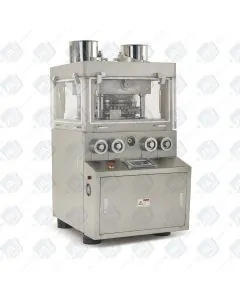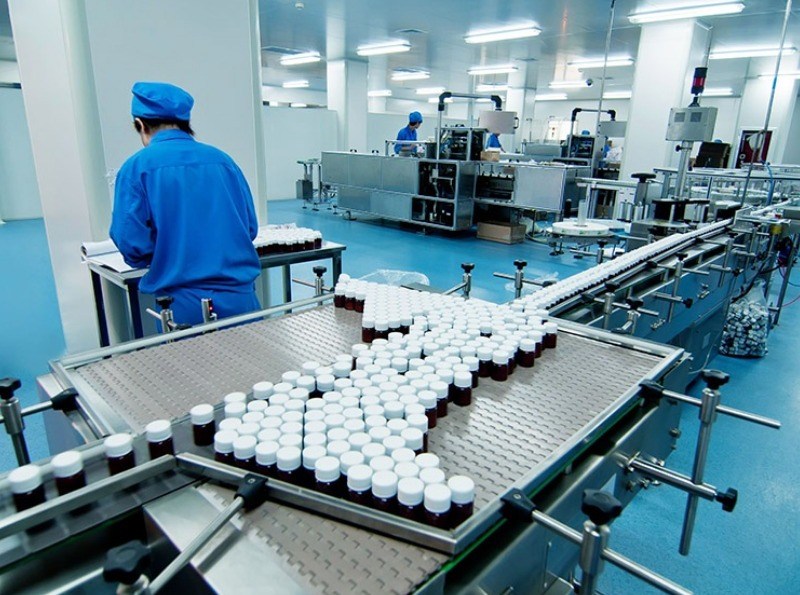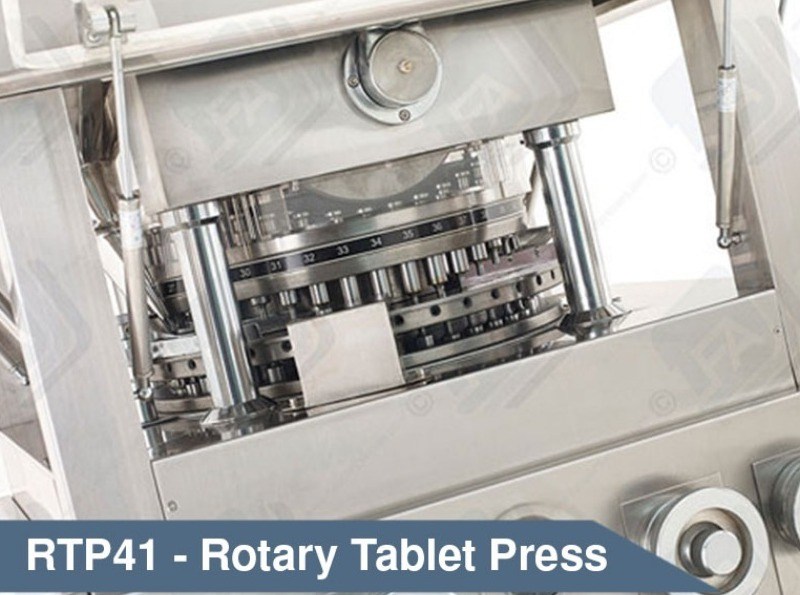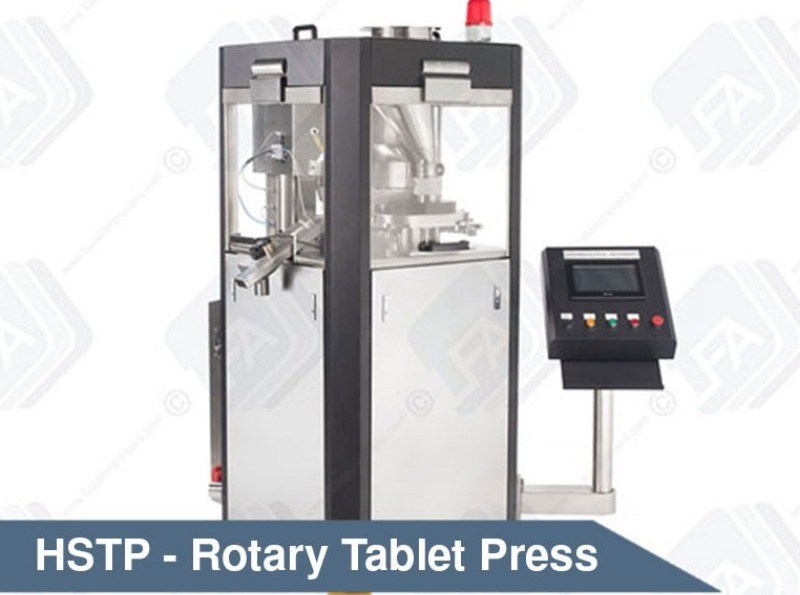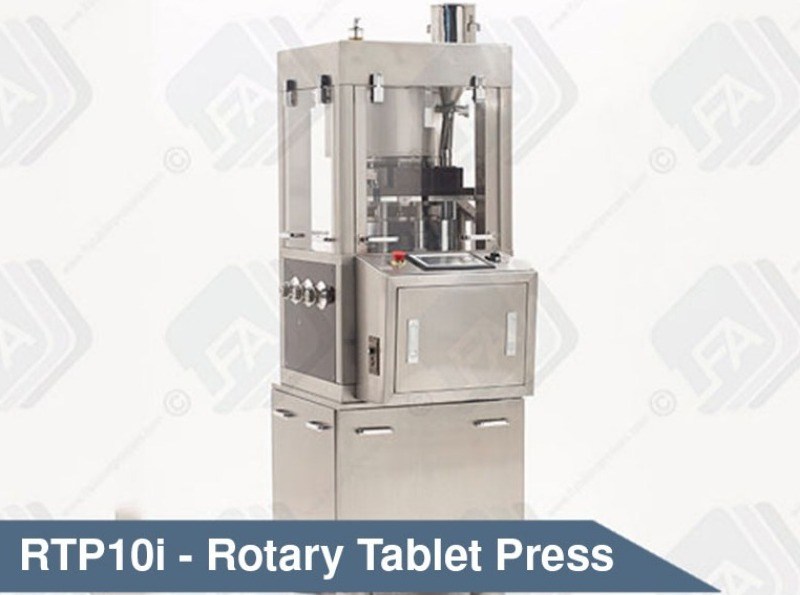One of the major problems with sterile manufacturing is the possibility of contamination. The cleanroom area is one of the hardest places to maintain sterile or clean and is the major source of contamination.
Risk Of Mix Up And Cross Contamination
A Mix–Up may be defined as:
- An unplanned combination of various compounds.
- A mistake brought about wrongly identifying one material for another.
A mix-up can be caused by bad judgement or lack of attention to detail, i.e., human error. It can also occur though poor communication between personnel.
More specific causes that may give rise to a mix-up include:
- The close proximity or location of similar items
- Items having the same colour or combination of colours
- Multiple products handled at the same time/packaging
- Use of the same apparatus or equipment for multiple products
- Improper storage of sterile and non-sterile products
- Care not being taken during packaging and/or repackaging of products
- Mistakes made when dispensing
- No proper line clearance procedure
- Unused labels or earlier production left in the production area
- Improper documentation and labelling
- No ID code on materials or products
- Inadequate training of personnel
- Failure of the processing equipment
- Manual packaging and repacking
- Inadequate control or procedures
- Rejection of handling
- Improper affixing of labels
- Reprocessing
- Vendor’s Location, for example the printer may be located some distance from the PC or device that sends the output to the printer. The wrong person may mistakenly use the wrong printout e.g., for labels.
- Improper or lack of proper communication
- Same personnel handling two machines or equipment at the same time
- Lack of proper validation
Contamination
Contamination happens when there is a presence of and impurity or impurities in the material either in pre-production, during production or after production procedures. Impurities can be chemical, biological or microbiological by nature.
Cross Contamination is defined as the contamination of the material before, during or after the production starts with another product material.
Contamination of products can be caused by:
- Contaminated clothing/attire
- Contaminated equipment
- Contaminated or faulty HVAC system
- People, e.g., carrying harmful bacteria
- Contaminated Premises
- Processing Operations
- Utilities/Services
Risk of Cross-Contamination
The level of the risk depends on the contaminant type and the contaminated product. High risk arises with
- Biological preparations with living organism
- Cytotoxic agents (i.e., materials that are toxic to cells and are generally used for the treatment of malignant and other diseases. They are designed to destroy rapidly growing cancer cells, and have been shown to be mutagenic, carcinogenic and/or teratogenic, either in treatment doses or animal and bacterial assays.
- Use of highly sensitizing materials
- Manufacture and processing of hormones
Contaminants in products become very significant when they are:
- Applied to an open wound
- Given in large doses
- Injected
- Administered over a long period of time
There are very serious consequences from contaminated products, both for the company and the individual employees. Companies may:
- Suffer from adverse publicity
- Be given compulsory closure notice
- Suffer a significant loss of profit
- Be subject to increasing and regular audits by the regulatory board
- Be required to issue a show cause letter
- Have their license to operate/manufacture suspended or withdrawn
- Be issued with a warning letter
In addition to the serious adverse effects that contamination issues may have on companies. Employees may also suffer personally, e.g.:
- Be temporarily suspended to allow investigation of the contamination issue
- Suffer loss of income during suspension
- Be required to supply a show cause letter
- Face legal penalty – a fine or term of imprisonment
- Have their employment suspended for a prolonged period or,
- Face termination of employment



